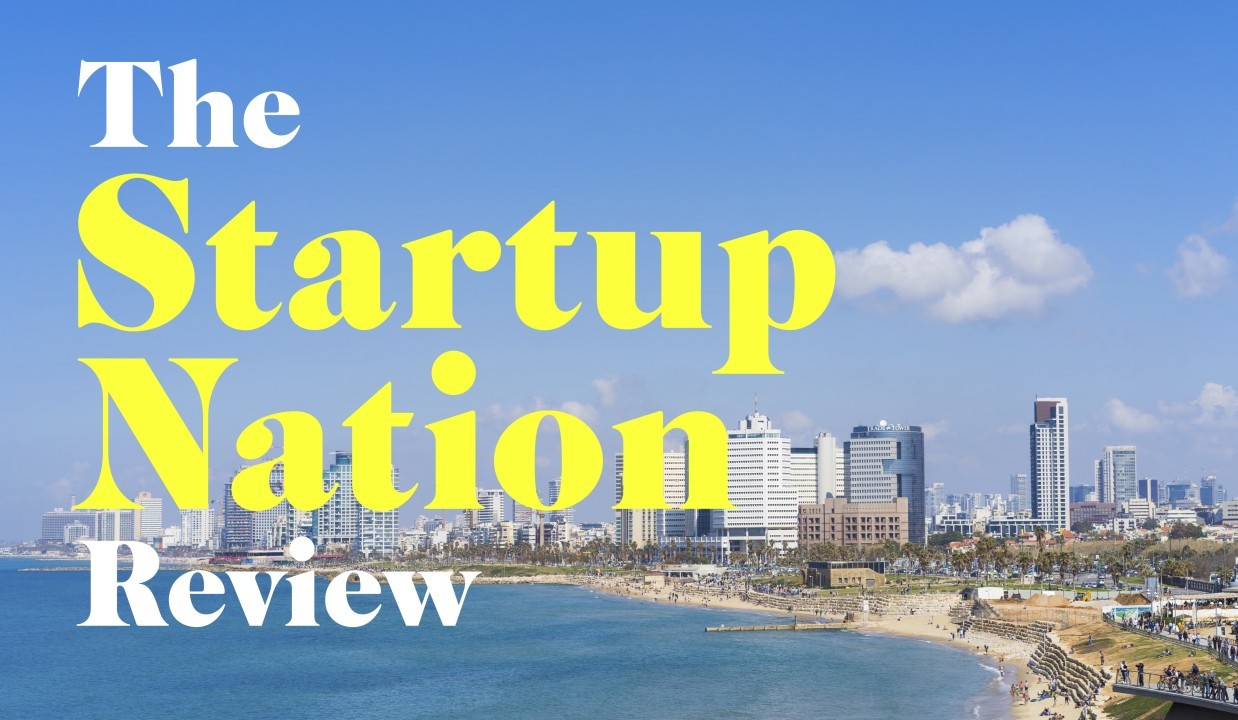 |
Switzerland, a country that has consistently topped the WIPO (World Intellectual Property Organization) rankings of the world's most innovative countries for nearly a decade, has become a case study for many scholars. One such study identified seven secrets to Switzerland's success, with secret number one stating: "Innovation cannot come from the flip of a switch." Switzerland, a small country with no natural resources, has a history of wise development that has always relied on ideas and openness. Building an environment that is open to innovation; enhancing competitiveness ; promoting mathematics and science (STEM) to ensure that educational standards evolve with technological advances; and prioritizing research funding are the keys to creating a “cradle” for new ideas to flourish.
The perfect “ecosystem” for innovation centered on education and training that Switzerland has built over many generations is the highest density of Top 500 universities in the world per capita; the specialty of the “dual education system” is almost unique in the world (parallel, balanced, harmonious development between the vocational school system and the university education system, two systems that complement but do not replace each other). What Switzerland has done is to prove the point: “Academic education is not the only path to success”, theory must go hand in hand with practice to be highly effective; entrepreneurs can only envision good business opportunities if they understand the market and perceive the specific needs of consumers. Therefore, they need to be equipped with the necessary practical skills. In fact, the rate of entrepreneurs in Switzerland is significantly higher than in most other European countries. That is Switzerland's number 1 strength in the strategy of training high-quality human resources.
South Korea is another success story. In 2021, South Korea jumped 5 places compared to 2020 to reach the top 5 innovative countries, behind only Switzerland, Sweden, the US and the UK, surpassing very “heavyweight” names such as Singapore, Japan… What brought about this miracle? The answer is admirable, but not surprising. These are the Korean Wave (K-wave) (also known as Hallyu, which is the “phenomenon of Korean popular culture such as dramas, movies, pop music, fashion and online games”), IT and medical research. To identify those key areas, build them and turn them into the country’s number one competitive advantage, transforming Korea from a “super-fast mover” to a “first mover”, the country has had a strategy to pursue a successful innovation economy, through heavy investment in basic research combined with application, system reform and talent mobility. Korea’s spending on research and development as a percentage of its gross domestic product (GDP) is the second highest in the world, behind only Israel. From 2000 to 2018, funding for research and development increased from 2.1% of GDP in 2000 to more than 4.5%. Korea’s goal is to become a “first mover”. “leading the way” rather than simply being a “fast follower” to sustain economic growth.
China has also made great strides in innovation. Over the past decade, the world has witnessed China successfully shake off the label of “the world’s factory”, turning into “the boss of the world” in an “arrogant” manner with many economic achievements, the core of which is a highly developed science and technology . To build that “foundation”, China has made very fundamental preparations, including a strategy to attract talent. With extremely wise policies, China has “jumped” into the world’s human resources market and quickly turned the “game” upside down in its own way.
With the ambitious goal of transforming China into a technology-driven economy, aiming to lead the world in science and technology by 2050, President Xi Jinping has issued a “Joint Vision” that serves as a grand strategy. The strategy focuses on domestic reforms, redesigning the education system, and improving the level of higher education, while promoting plans to bring in highly skilled foreign workers, including both overseas Chinese and foreign nationals.
The “Go Home” program is an initiative for ethnic Chinese, launched in 2003, initiated by the China Association for Science and Technology (CAST) and 35 overseas science and technology organizations. The program has achieved remarkable results: it now has more than 4.3 million members with thousands of branches, helping China’s vast network around the world organize overseas talent recruitment plans. The “Thousand Talents” program is a tool launched in 2008, with the initial goal of attracting about 2,000 international talents. However, by 2017, the program had brought back 7,000 “high-level experts” to China, 3.5 times the target. But the “Thousand Talents” program is not the largest and only plan. It is just one of 200 talent recruitment plans launched by the Chinese Communist Party since then. These plans have achieved great success because they were carefully prepared, given top priority through the National Medium- and Long-Term Talent Development Plan (2010-2020). Among the goals of the plan is to increase the pool of skilled workers from 114 million to 180 million, with government spending on human resources increasing from 10.75 percent of China's GDP to 15 percent by 2020. In 2014, President Xi Jinping said: "Although China has become the world leader in the number of scientists and technologists, it still lacks world-class innovative scientific and technological talent." To address this problem, Xi has ordered the implementation of the "rencai strategy" to achieve China's national rejuvenation. This strategy can be summarized as an effort to “gather all the brightest minds under heaven to serve China.”
UK: The story of attracting talent to serve the country's development strategy is also a problem even for traditional innovation powers like the UK - a country that has contributed greatly to human scientific progress. The UK's goal is to promote economic growth to recover from the losses after Covid-19 and "build the country back better". The UK government commented: "We are sitting on the cusp of a transformational industrial change unlike any the world has seen before. Artificial intelligence (AI) is creating machines that surpass human intelligence, while quantum technology will one day calculate things that are currently immutable, but those are just two examples.
The UK Growth Plan has placed innovation as one of three pillars of economic prosperity. The overarching aim is to make the UK a global hub for innovation, putting innovation at the heart of everything the country does. Four pillars have been put in place to ensure that this is achieved: Business Development; People; Organisation; Technology.
Under the People pillar, the UK aims to be the most attractive place for innovative talent. The UK is currently creating a merit-based immigration system to attract the best talent from around the world, regardless of country of origin, creating a foundation for enhancing national competitiveness.
United States: In 2009, the United States issued its first Innovation Strategy to ensure that the United States continues to maintain its position as the world's most innovative economy, to develop the industries of the future, and to help solve the most important challenges. The highlights of the Strategy are: World-leading investment in basic research; Increasing access to high-quality STEM education; Opening pathways for immigrants to promote the innovation economy; Building leading 21st century physical infrastructure; Building next-generation digital infrastructure; Promoting private sector innovation engines. The Strategy was first updated in 2011, and the second in 2015. Three groups of initiatives were launched to create quality jobs, contribute to economic growth, and promote breakthroughs for national priorities. In order to increase high-quality human resources to serve the innovative economy, the US has focused on improving the technical skills of the domestic workforce on the one hand, and on the other hand, attracting foreign talent through comprehensive immigration policy reform, paving the way for talent to "flow" to the US.
The guiding principle for American innovation was captured well in President B. Obama’s November 17, 2010 Statement: “In the global economy, the key to our prosperity will never be to compete by paying our workers less or making cheaper, lower-quality products. That is not our advantage. The key to our success – as it has always been – will be to compete by developing new products, by creating new industries, by maintaining our role as the world leader in scientific discovery and technological innovation. It is absolutely essential to our future.”
Today, the United States is showing a very far-sighted vision by building a “pragmatic approach to bringing together groups of countries to cooperate on technology with the goal of getting ahead of China in semiconductors, artificial intelligence and other advances that are expected to define the economy and military of the future.”
According to Nam Dinh Innovation and Startup Support Portal
https://khoinghiepdmst.namdinh.gov.vn/cach-lam-doi-moi-sang-tao-cua-mot-so-quoc-gia-tren-the-gioi/
Source: https://thoidai.com.vn/cach-lam-doi-moi-sang-tao-cua-mot-so-quoc-gia-tren-the-gioi-211193.html








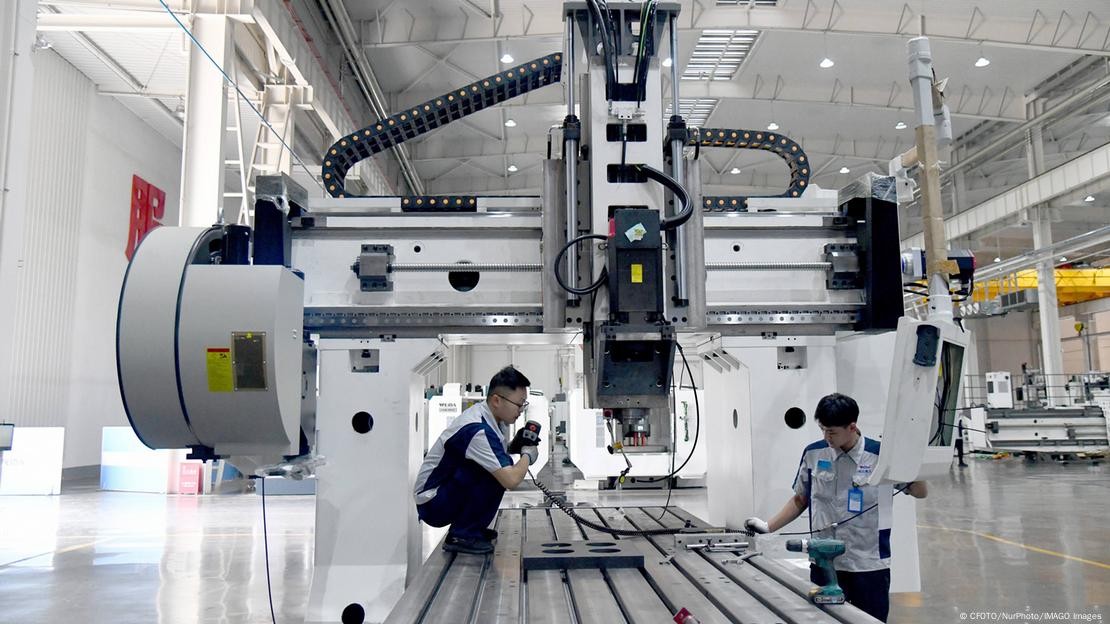

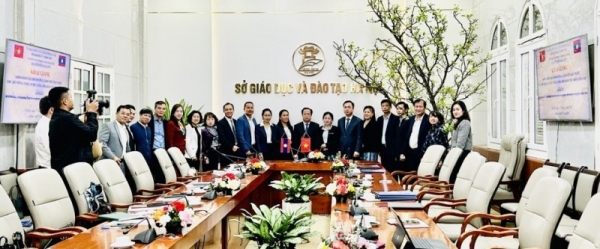



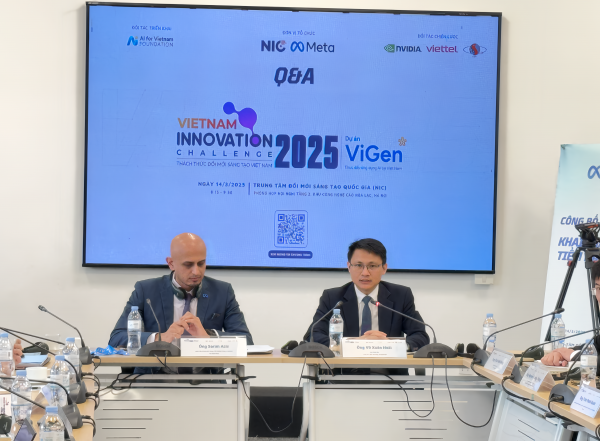













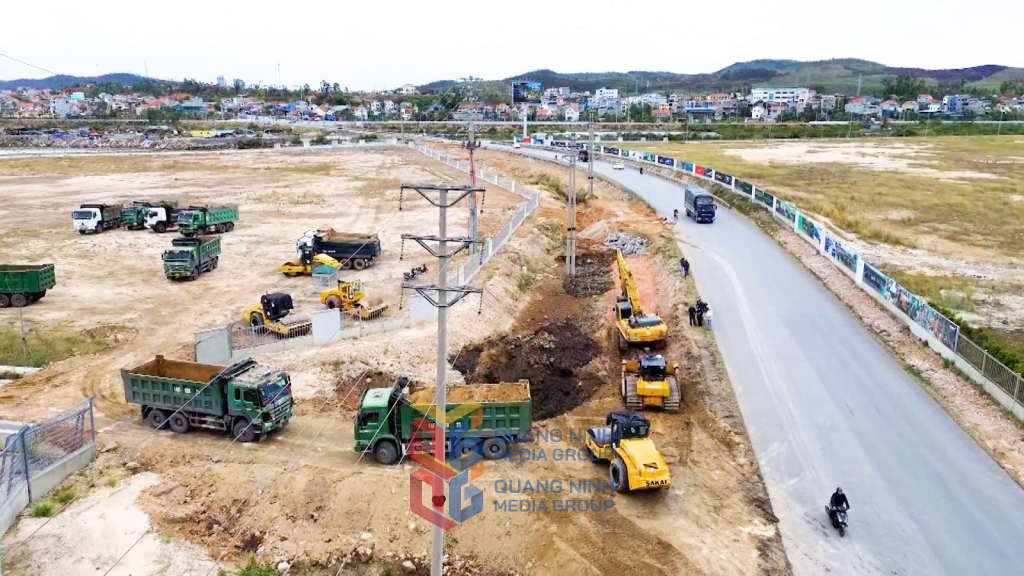

Comment (0)